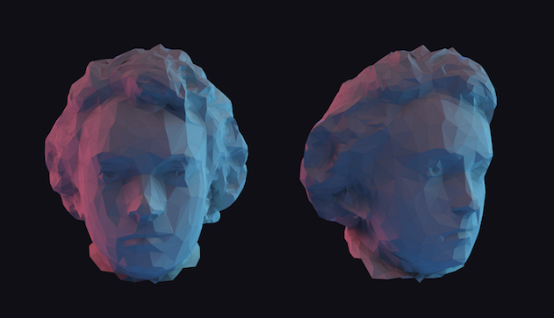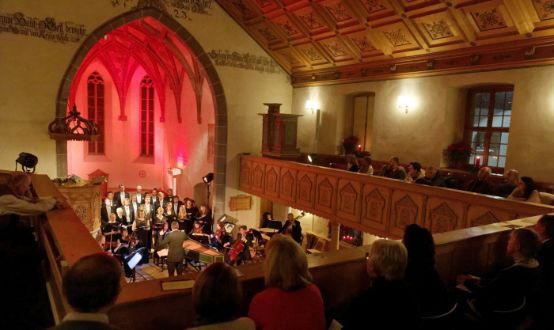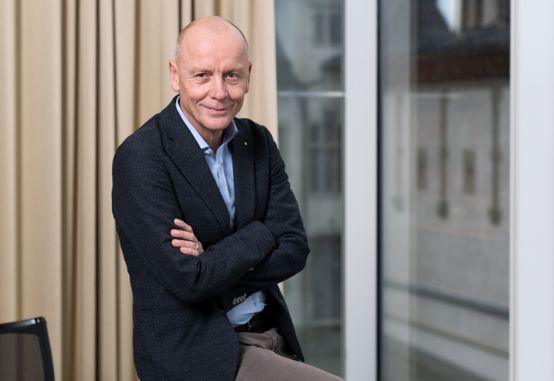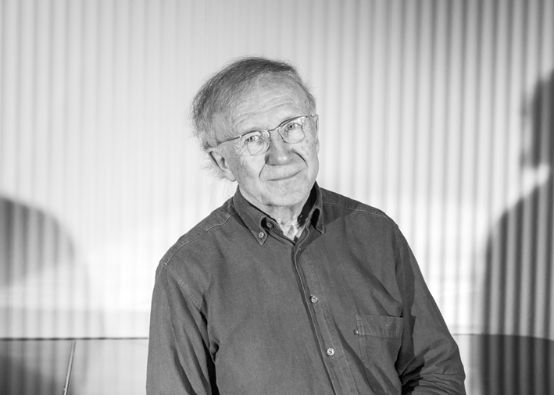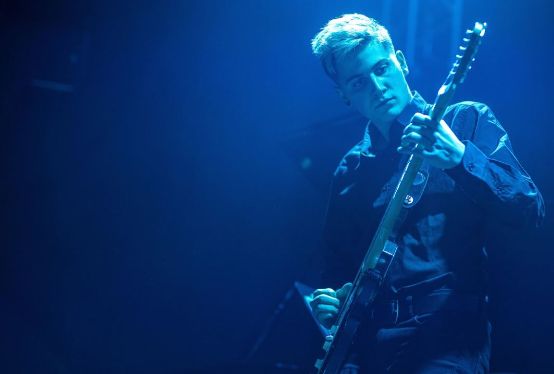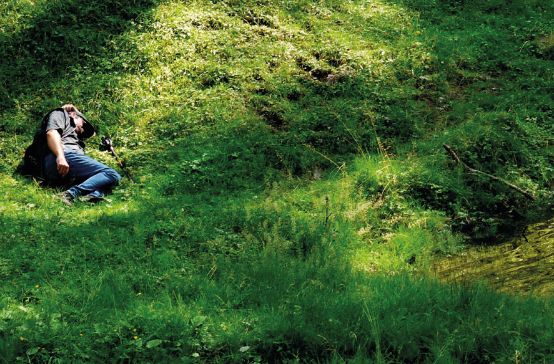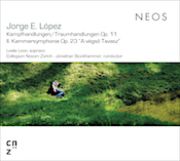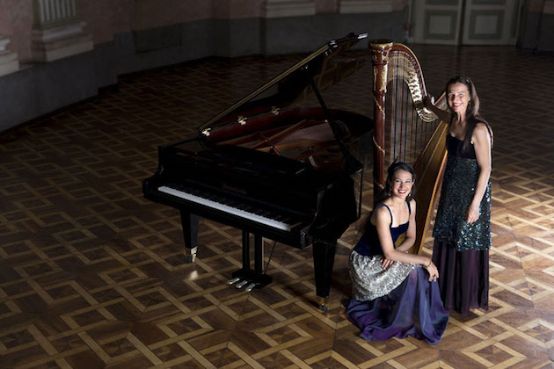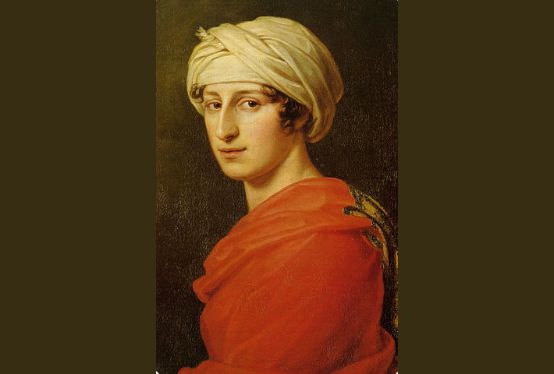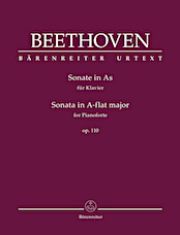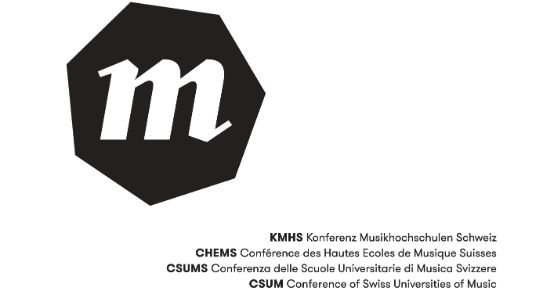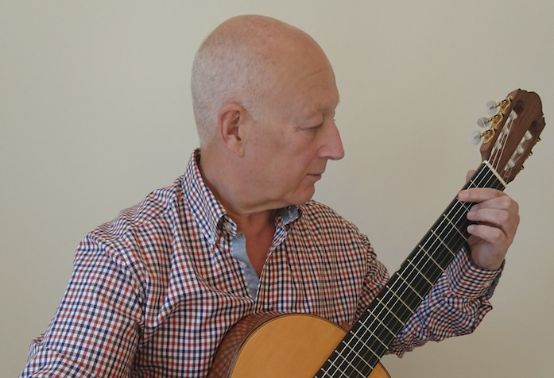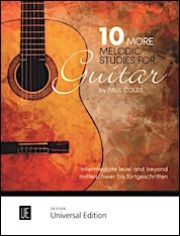Salome Zwicky - They stand for uncertainty, rejection, timeout, reorientation and existential fear. The question often arises not only as to whether the work was done incorrectly, but also as to whether self-blame and feelings of guilt can be the result. Young female singers in training or at the start of their career are usually affected. Men do not have nodules, longer vocal folds seem to be immune.
Nodules are caused by any unfavorable form of voice production - not just when singing. They are thickenings of the mucous membrane in the middle section of the vocal folds due to unfavorable phonation - hence the technical term phonation thickening.
The air flows through the closed vocal folds and creates a vibration at their edge. The air flow rubs and sucks on the mucous membrane, most noticeably in the middle of the vocal folds. To protect itself, the over-stressed mucous membrane thickens, similar to how the skin on the hands or feet develops calluses under pressure and friction. However, the thickening of the vocal folds worsens the vibration properties, so that even more unfavorable pressure is required for phonation - a vicious circle is created.
Not every nodular change is a phonation thickening. Genuine nodules are symmetrical, i.e. they are roughly the same on both vocal folds. Nodular findings on only one vocal fold are almost certainly another change, for example polyps or cysts. Unlike nodules, these do not disappear even if the voice is spared. Genuine nodules, on the other hand, can become smaller or disappear if the voice is rested for one to two weeks (only quiet, effortless speaking, no singing in full voice). However, this temporary caution does not solve the problem; the thickenings will reappear under increasing strain. It is important to tackle the actual cause.
If real nodules are found, the first question is therefore the cause, and the form of therapy is derived from this. The harmful "too much" on the vocal folds is made up of the mechanical force and a time factor. In other words, it depends on how you produce sounds (muscular balance, subglottic pressure), but also how often and for how long you sing in this way. If nodules are discovered by chance, it is important to know that they only need to be treated if there is a simultaneous voice disorder. Some singers sing without any problems with the beginnings of nodules.
The therapeutic approach is always similar. Put simply, you have to learn to make sounds - especially loud or high-pitched sounds - resonate instead of being forced. The power to sing must be drawn from good breathing and body technique and not generated by laryngeal muscles. The same principle applies to speaking in everyday life, in the classroom and on stage and is also followed in speech training, vocal pedagogy or voice therapy (speech therapy). Breathing control, support and marginal voice training relieve the larynx. Proven aids are LaxVox or - brand new - the Doctor Vox voice mask. For some singers, individual areas of the vocal technique need to be changed. This takes time, but is essential for continued professional success. Surgical removal of the nodules is only necessary in a few cases and only makes sense if the incorrect vocalization is corrected at the same time.
Phonation thickening is not a bad thing. They show that the type of vocal strain has led to a dead end and are a warning signal for those affected to rethink and optimize the way they handle their voice. It is worth the effort. The important interaction between therapy and pedagogy offers the opportunity to get to know one's own voice in greater depth and thereby acquire mindfulness and a healthy technical foundation. It will literally "untie the knot".
Salome Zwicky
... from the SingStimmZentrumZürich (www.sszz.ch) is a specialist in ORL with a specialty in phoniatrics.
